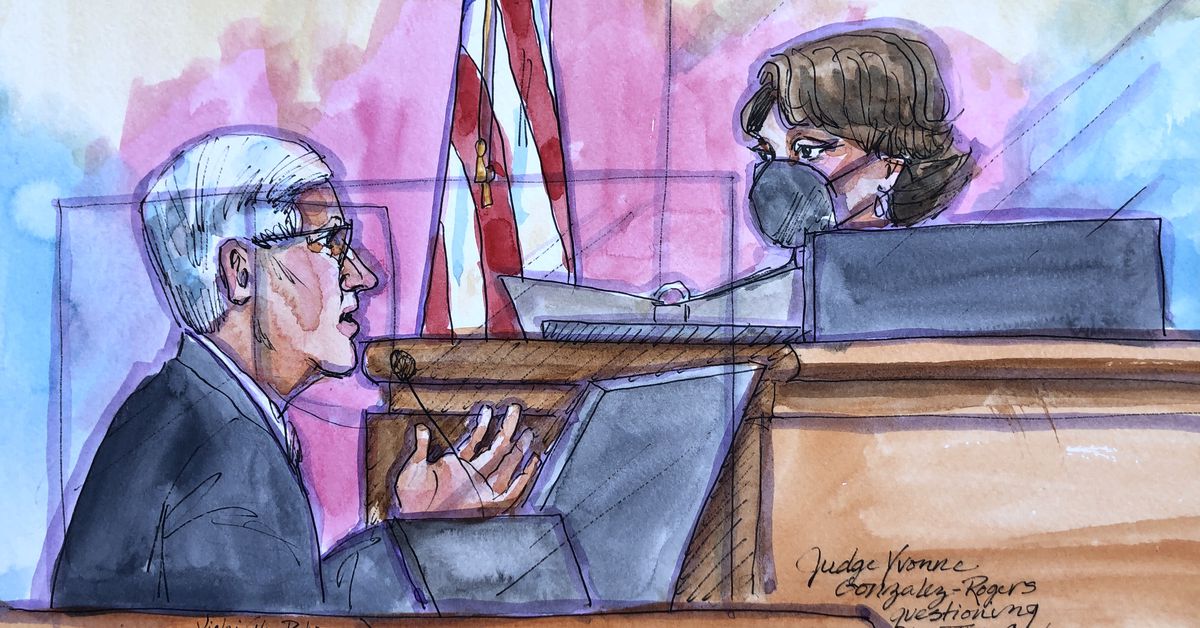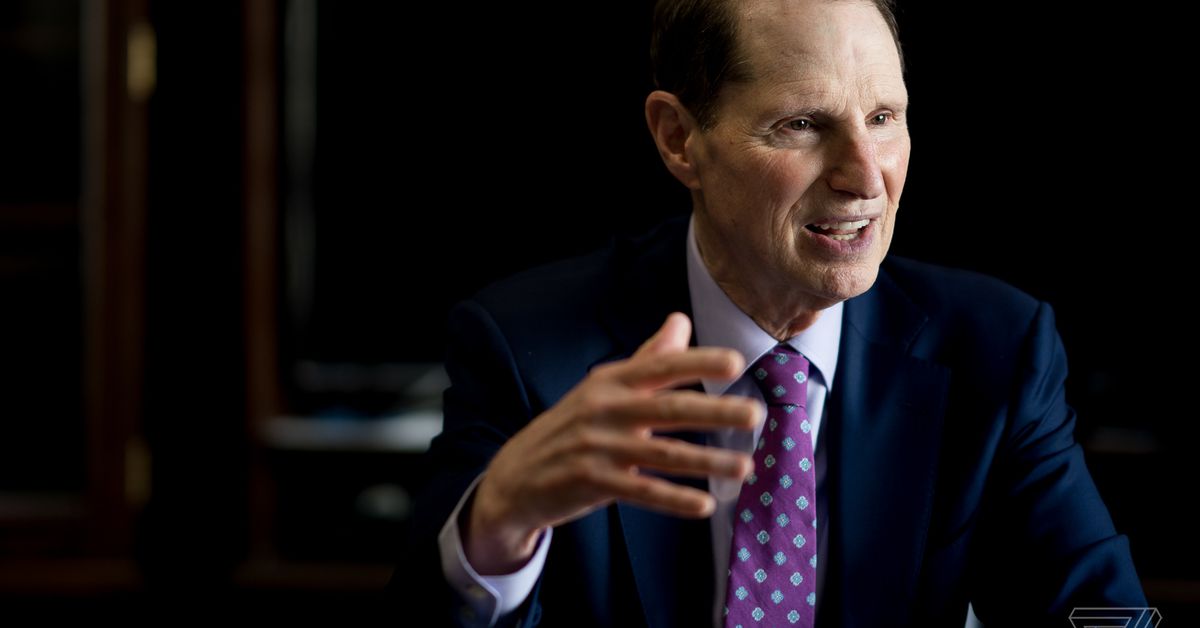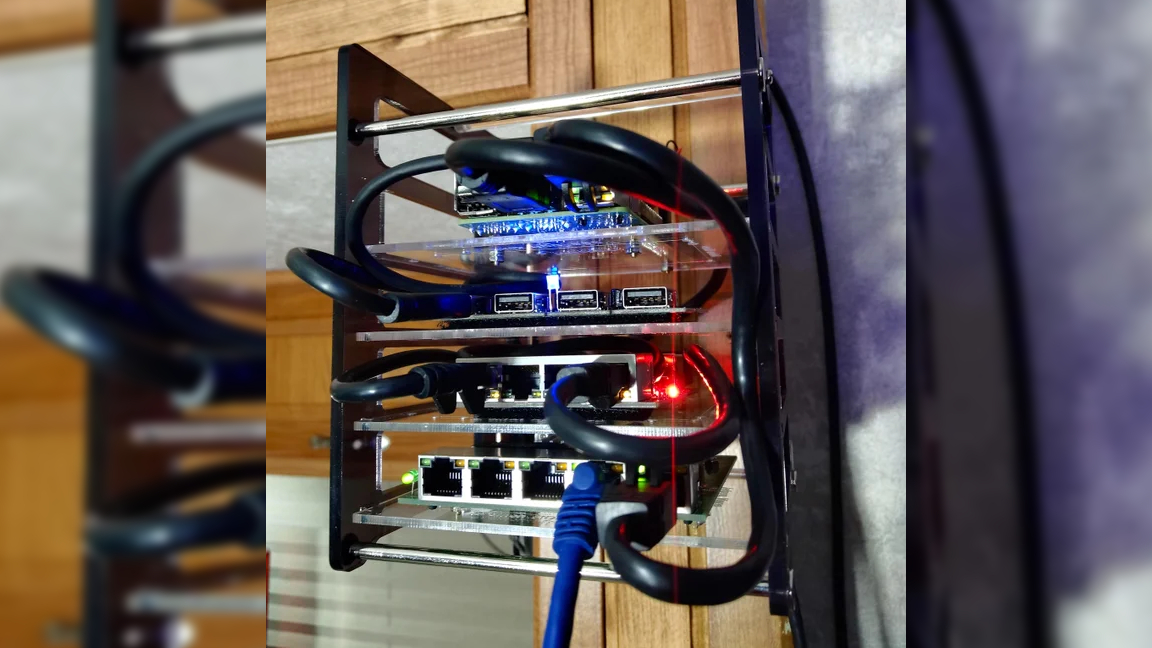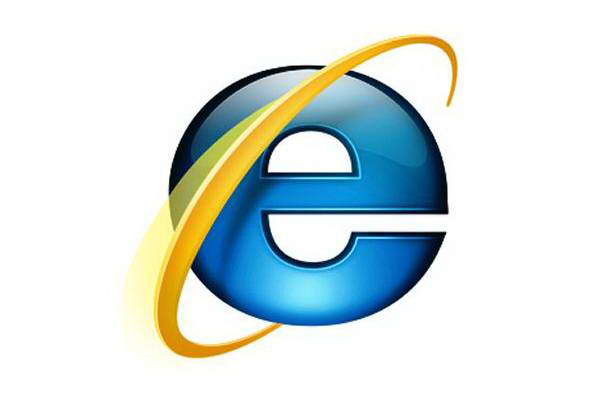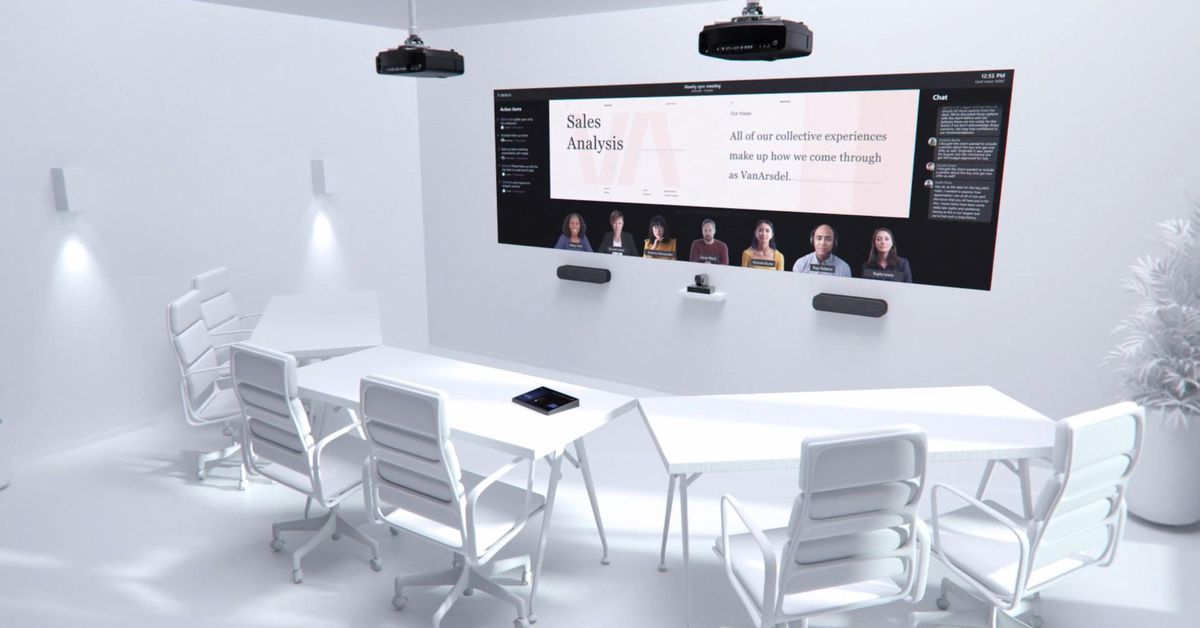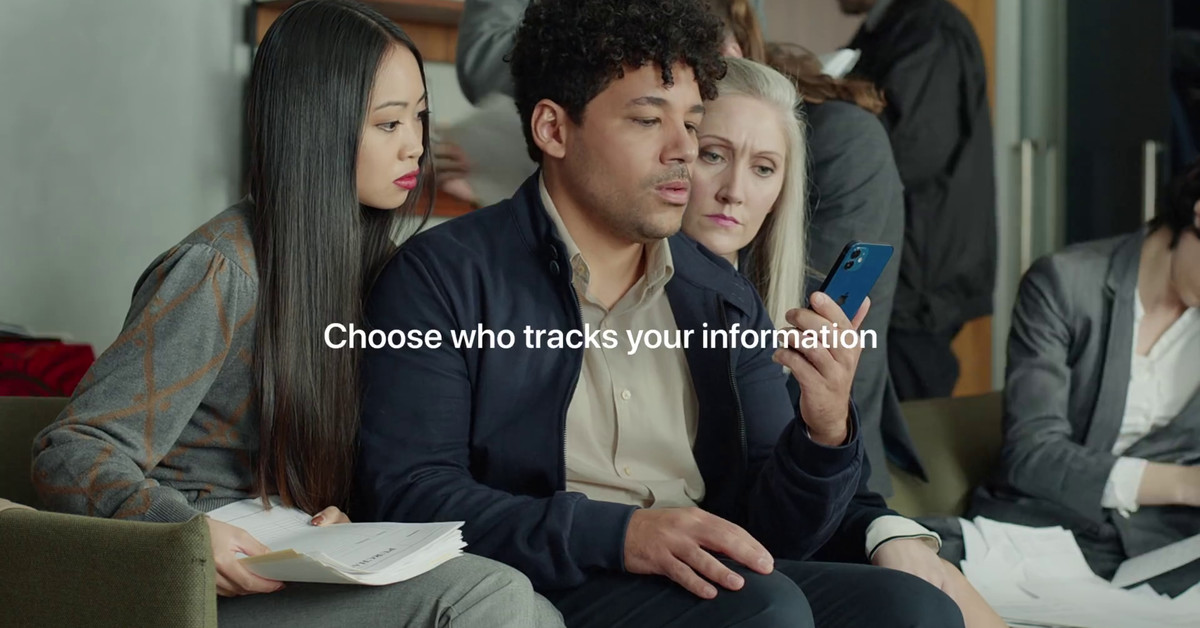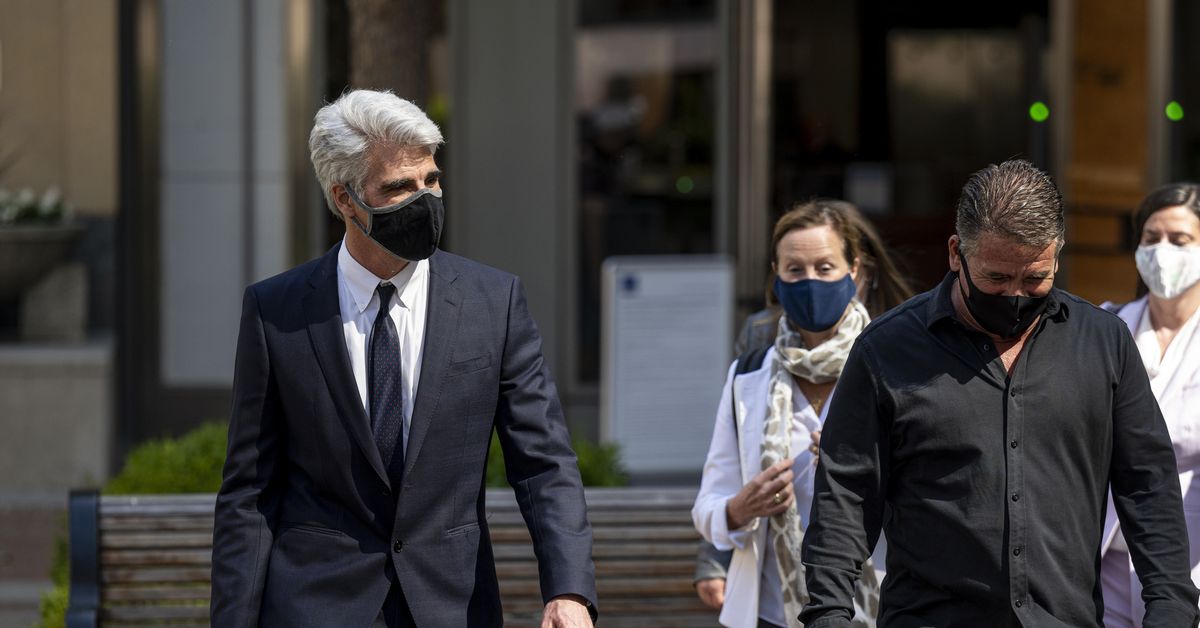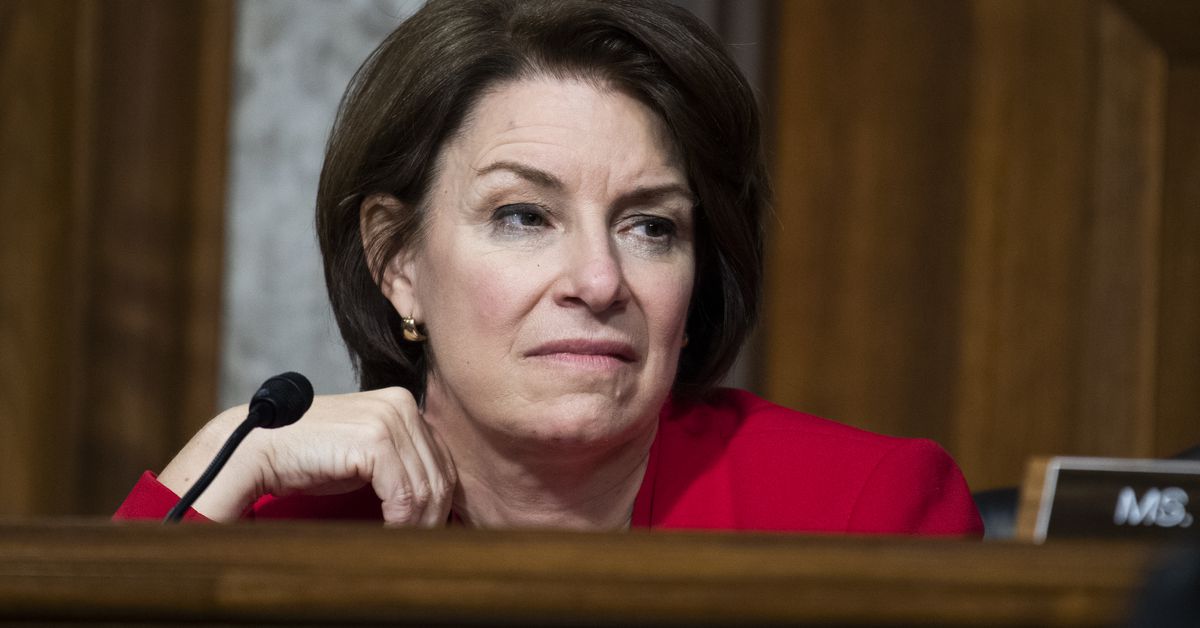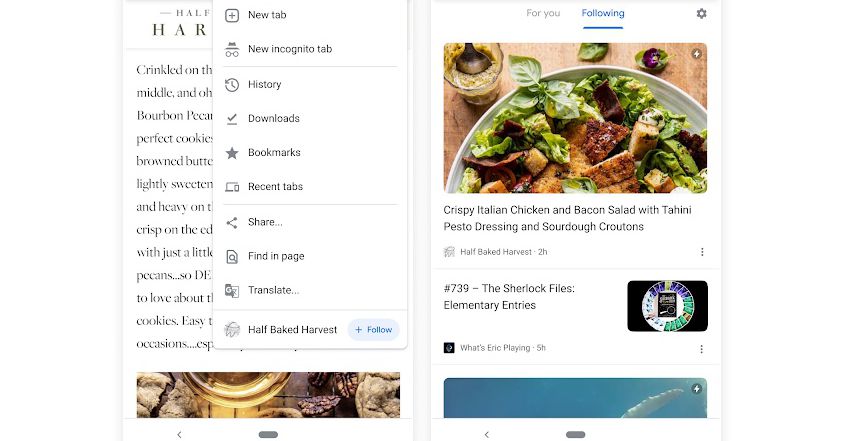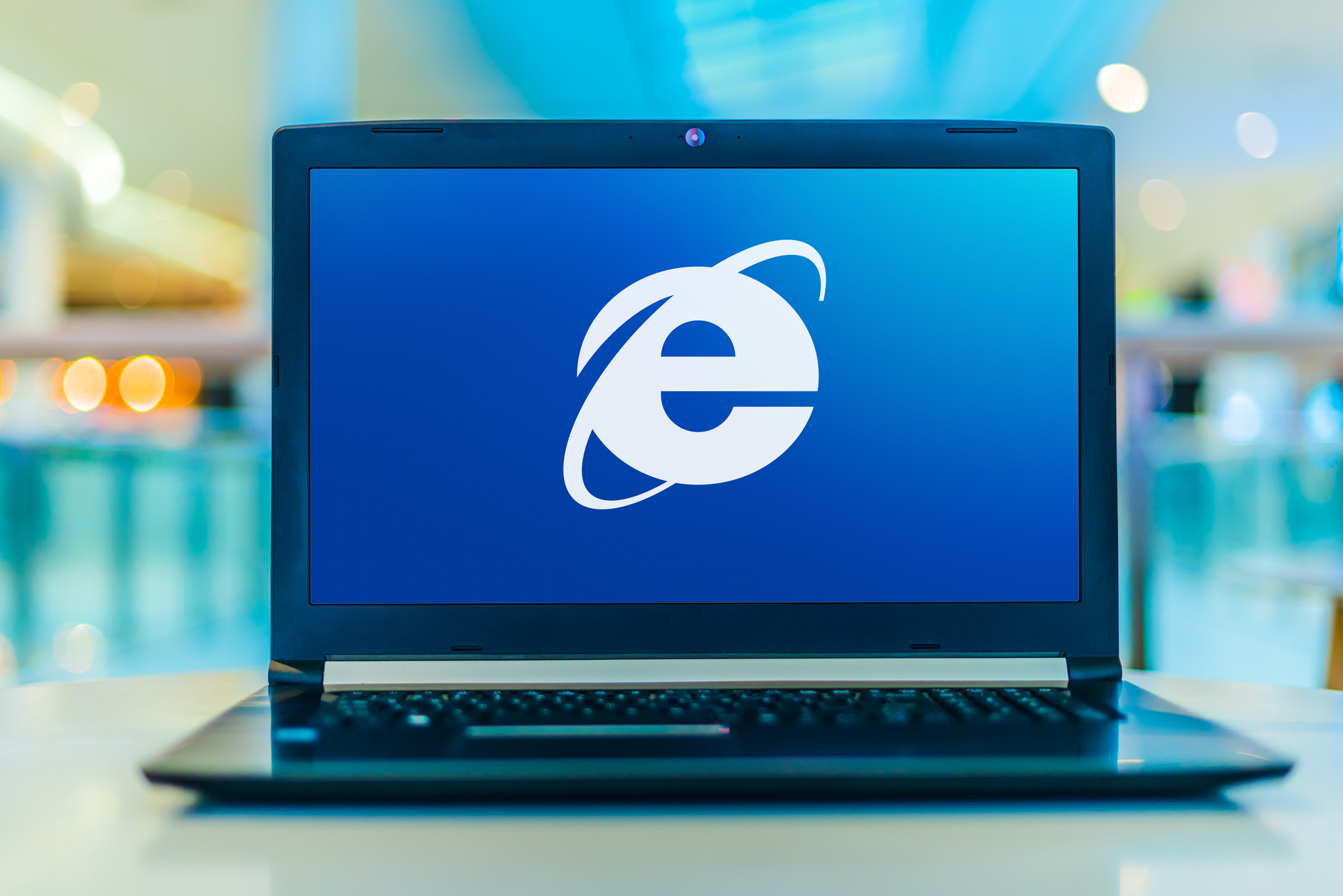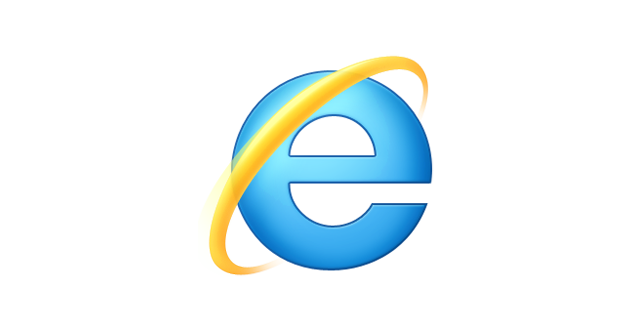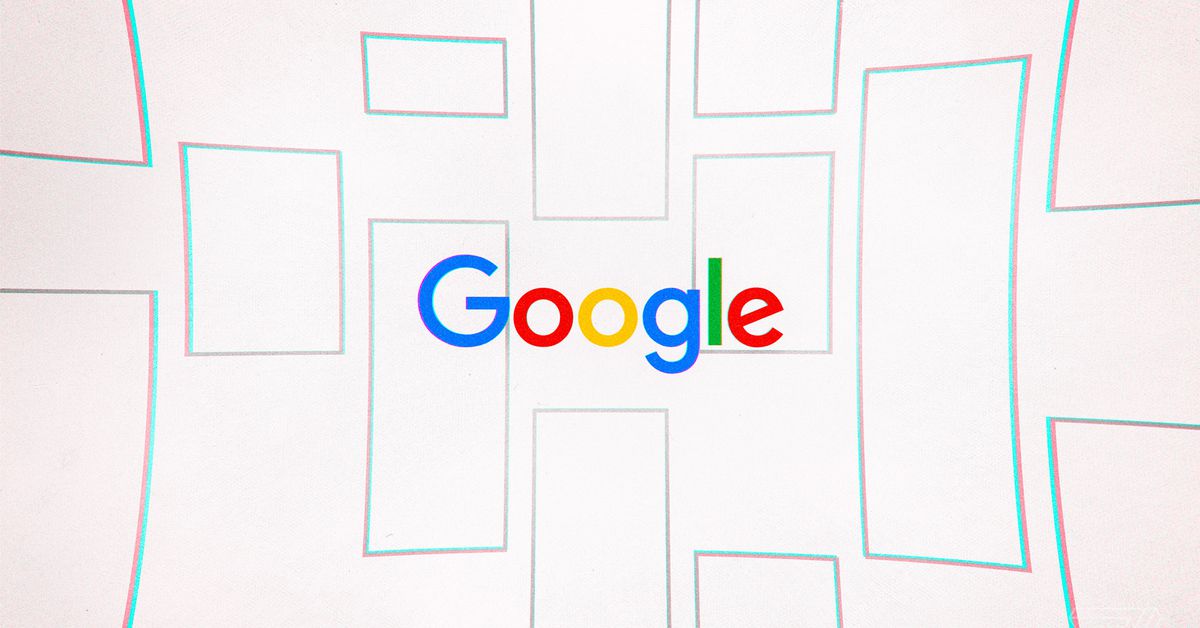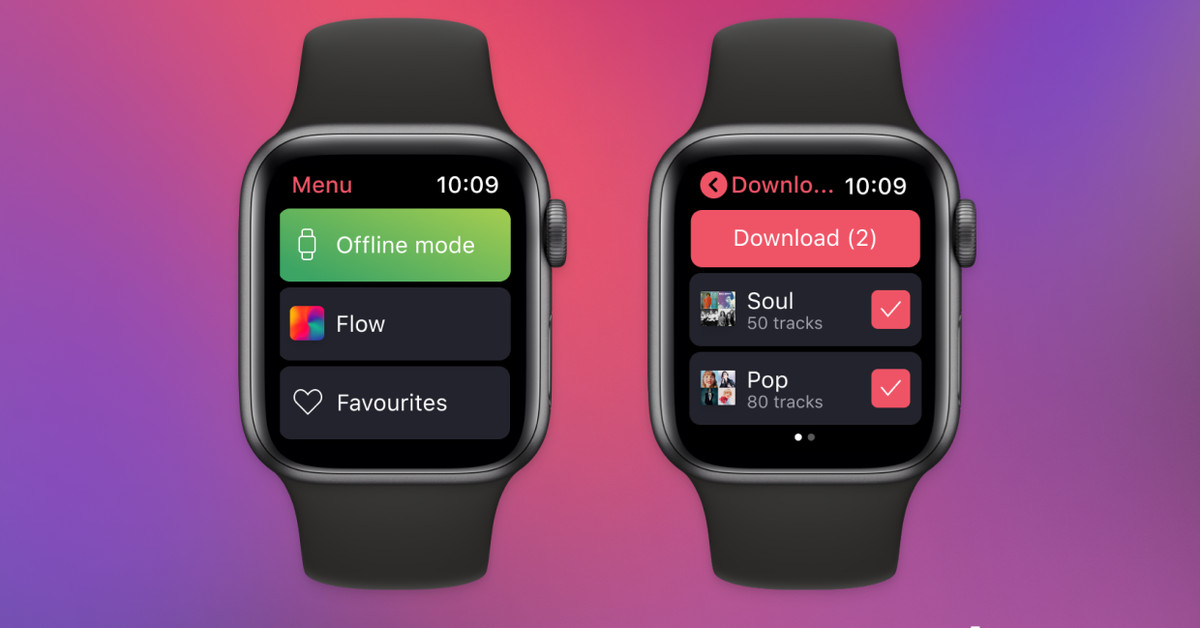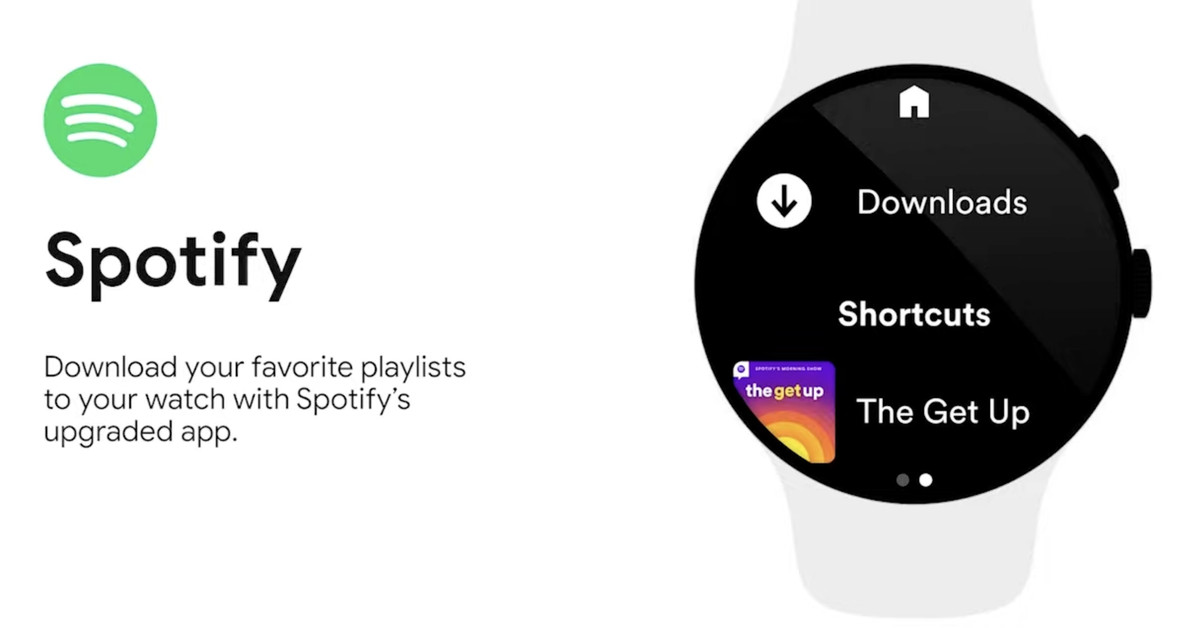Drawn by Vicki Behringer
Eight of the artist’s favorite sketches from the three-week court proceeding
On Monday, lawyers gave final statements in the Epic v. Apple case, finishing up just over three weeks of in-court proceedings that gave an unprecedented look at how Apple manages the iOS App Store. Both images and audio from the proceedings were tightly controlled (as is often the case in federal courtrooms), so the only images came from courtroom artist Vicki Behringer, who saw much of the trial from an assigned seat to the right of the jury box. We invited Behringer to share eight of her favorite sketches from the trial, showing off both her skill as an artist and her unique perspective on the case. -Russell Brandom, policy editor
Image courtesy of Vicki Behringer
This shows opening statements by Epic Games attorney Katherine Forrest. It was my first day at the trial and my first sketch. There were plexiglass barriers all around the courtroom as a COVID precaution, and the attorneys wore plastic shields covering their faces. When I saw this graphic, showing a wall being built around the iPhone, I started to understand what was at stake in this trial.
Image courtesy of Vicki Behringer
Epic CEO Tim Sweeney is the one that started this whole case, so I knew his testimony was going to be interesting. I just loved listening to how he started the company and what the game Fortnite is all about. I had no idea. Once again, I realize there is another entire world that I know nothing about. The programming, creativity, and talent it takes to create these games absolutely amazes me.
I try to finish all my sketches within one to one and a half hours. Some take longer. I have to budget my time while I am sketching in the courtroom. I have very strict deadlines and since the news is now a 24-hour cycle with the internet, my media clients need their sketches as soon as possible to go with their stories.
Image courtesy of Vicki Behringer
I’ve sketched Phil Schiller two or three times now in the Apple v. Samsung trials, so his face feels like an old friend. I always love hearing him talk about the history of Apple. I took my time here and decided to sketch the entire courtroom. Obviously it is not to scale. The number of people allowed in the courtroom was severely reduced, but there were still many, many attorneys to sketch, and every time a witness changed, they would play musical chairs.
Image courtesy of Vicki Behringer
This is Mike Schmid, the head of Apple’s gaming department, questioned by Apple attorney Jay Srinivasan. Seeing as I am not a gamer, all of the wonderful artwork that goes into the games is quite delightful for me, but I had to move so fast that there wasn’t time to sketch it. Schmid was grilled pretty hard on the cross-examination by Epic’s attorney, but at the break they both relaxed and seemed to be happy to see each other. Maybe they were just happy to have gotten through it.
Image courtesy of Vicki Behringer
Craig Federighi was a wonderful subject with his perfect white hair and dark eyebrows. People with subtle features are far more difficult, but Craig was a joy. He discussed the precautions that Apple takes to prevent its users from malware, viruses, and the like. I make a mental note to always update my software!
Drawn by Vicki Behringer
I like this sketch because not only did I get a different angle on Tim Cook’s face (which is fantastic), but it was an important moment in his testimony. Judge Gonzalez Rogers was asking some really interesting questions of him which didn’t sound very favorable toward Apple. His confidence seemed to waver just a bit, but he answered the questions clearly and did his best to justify Apple‘s position. It felt like a pivotal point in the trial.
I wanted to put in a gesture with the judge’s hand, but didn’t feel I had enough time. Sometimes hands can take as long as drawing the face.
Image courtesy of Vicki Behringer
The second week was mostly expert witnesses. I like the sketch because this professor had some interesting things to say about how safe Apple devices were. I know he is an Apple witness, but if his statistics are correct, it’s quite amazing! In the sketch, I added a couple of other people in the courtroom that I usually don’t have time to include. The court reporter and the judge’s deputy. When I am doing an actual trial, I try to make sure I get a sketch of everyone in the courtroom at some point. Everyone is important, even if they are not one of the main attorneys or witnesses.
Image courtesy of Vicki Behringer
This is when Tim Cook first took the stand, being questioned on direct by Apple attorney Veronica Moyé. I was so nervous while sketching him because I knew it had to look exactly like him; everyone knows what Tim Cook looks like. I had studied some photographs of him and thought I was ready. Unfortunately, when he took the stand there was a huge reflection on his face shield. I could not see some of the important details. I kept peering through my binoculars waiting for him to turn his head. Finally he did and I was able to get a good view of his face. That was such a relief!
I had heard this was his first time taking the stand, but I would never know it. He was quite calm, confident, and charismatic. He said so many positive things about Apple it was easy to like him. Later, I had the opportunity while finishing a sketch of him in the hallway to meet him. He seems to be a very nice man. I was shocked to see he has beautiful blue eyes. I did not realize that while sketching him — between the shadow from the light above, the reflection of his visor, and his glasses, his eyes were obscured. Something tells me I will be sketching him again since there could be more Apple trials in my future.
